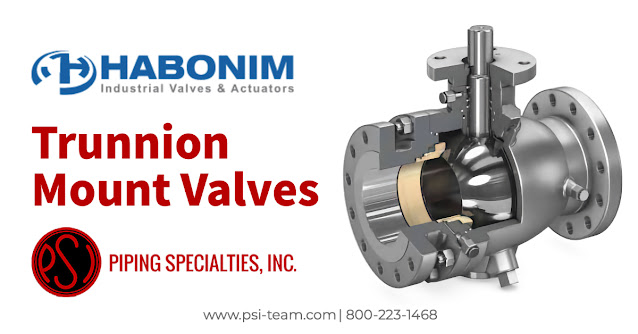Industrial refractometers are essential in process automation as they help ensure product quality and consistency, reduce waste, and increase productivity. Refractometers measure a substance's refractive index, which measures how much light is bent as it passes through a sample. This measurement can provide valuable information about the composition and concentration of a solution, which is critical in many industrial processes.
In the food and beverage industry, refractometers measure the sugar content of juices, jams, and other products. This measurement helps ensure that the products are consistent in taste and texture and meet regulatory requirements. In the pharmaceutical industry, refractometers measure the concentration of active ingredients in medications, which is critical for ensuring the effectiveness and safety of the product. In pulp and paper production, process refractometers measure the concentration of dissolved solids in different stages of the production process, such as in the pulping process, bleaching process, or paper coating process. Process refractometers are used in semiconductor manufacturing to measure the concentration of chemical solutions used in various functions, such as cleaning, etching, and chemical mechanical planarization. Finally, process refractometers are commonly used in chemical production to measure the concentration of dissolved solids, such as salts, acids, and other chemicals, in various stages of the production process.
By automating the process of measuring refractive index, industrial refractometers can provide accurate and reliable measurements in real-time without the need for manual testing, helping to reduce errors and improve process efficiency, as well as reduce labor costs associated with manual testing. In addition, automated refractometers can be integrated into larger process control systems, allowing for continuous monitoring and control of critical process parameters.
Vaisala specializes in developing and manufacturing environmental and industrial measurement equipment and systems. Their new Vaisala Polaris™ Product Family optimizes manufacturing processes, enhances productivity, and saves resources, energy, and time in various industries and hundreds of applications.
Vaisala Polaris™ utilizes an optical measurement principle that eliminates the need for regular maintenance when combined with zero moving parts, making their product an efficient and reliable solution for businesses needing continuous, uninterrupted measurement readings. Additionally, Polaris™ works seamlessly out of the box with Vaisala's Indigo520 transmitters, allowing for an easy setup process. To further ensure accuracy, Vaisala has developed a library of over 500 concentration models that allow for precise measurements of various dissolved solids, catering to the unique needs of their clients.
Vaisala Polaris™ boasts unparalleled accuracy, with no chance of drift due to the absence of particles, bubbles, or color influencing the readings. Additionally, Polaris™ product has long-term stability, and the measurement principle involves no moving parts, ensuring years, and even decades, of precise and stable measurement. As an added benefit, Vaisala provides an Engineer to Order service for more significant opportunities, allowing for the customization of their product to fit the specific needs of their clients.
Overall, industrial refractometers play a critical role in process automation, helping to ensure product quality and consistency, improve efficiency and productivity, and reduce waste and costs. As automation technology advances, refractometers and other process monitoring instruments will likely become even more important in industrial settings. Vaisala Polaris™ is an advanced technology that provides superior performance and is ideal for your application. For more information about Vaisala Polaris™ in New England, contact Piping Specialties / PSI Controls. Call them at 800-223-1468 or visit https://psi-team.com.






